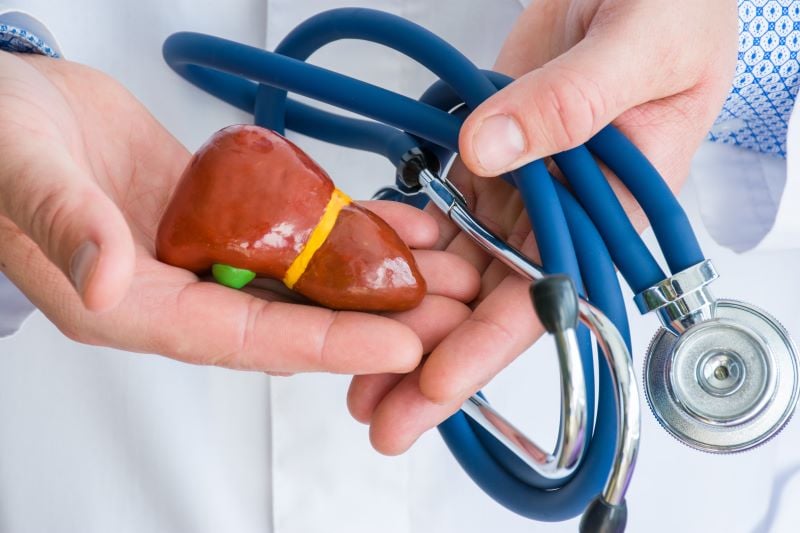Non-alcoholic fatty liver disease (NAFLD), prevalent in 25% of the global population, results from excessive liver fat accumulation, particularly in overweight or obese individuals. With increasing obesity rates globally, NAFLD cases are surging. A recent animal study suggests that aerobic exercise could be a potential treatment for NAFLD, providing a promising avenue for further research.
Researchers discover novel way of detecting NAFLD progression
Professor María Isabel Heràndez-Alvarez from the University of Barcelona led the formulation of this research, in conjunction with Rodrigo Troncoso from the University of Chile and Víctor Cortés from the Pontifical Catholic University of Chile. The researchers assert that this investigation opens up novel avenues for detecting the advancement of NAFLD in individuals and formulating innovative approaches to thwart its onset.
A prominent characteristic of non-alcoholic fatty liver disease involves the accumulation of a significant concentration of lipid droplets (LD) within the cells of the liver.
Professor Heràndez-Alvarez, affiliated with the Faculty of Biology at the University of Barcelona, the Institute of Biomedicine (IBUB), and the Diabetes and Associated Metabolic Diseases Networking Biomedical Research Centre (CIBERDEM), said that the results of their study indicate that engaging in aerobic exercise, characterized by sustained moderate physical activity, contributes to the metabolism of fats by reducing the size of lipid droplets. Consequently, this diminishes the severity of the disease.
Exercise induces changes in interactions between fat droplets and mitochondria
According to professor Hernàndez-Alvarez physical exercise induces regulated changes in the relationship between fat droplets and mitochondria, the cell’s energy-providing organelles. This interaction occurs with a specific group of mitochondria called peridroplet mitochondria (PDM), leading to increased lipid oxidation, preventing disease progression. The functional importance of lipid droplet-mitochondria interaction in fat metabolism homeostasis is highlighted, emphasizing exercise’s role in improving fatty liver disease.
Physical activity reduces saturated fatty acids in hepatic mitochondrial membranes, increasing membrane fluidity, as observed in mice with Mfn-2 gene. Mice lacking Mfn-2, despite exercise, show no changes in fatty acid metabolism. The Mfn-2 protein plays a crucial role in regulating mitochondrial membrane composition, impacting fat oxidation and offering insights for preventing NAFLD.


